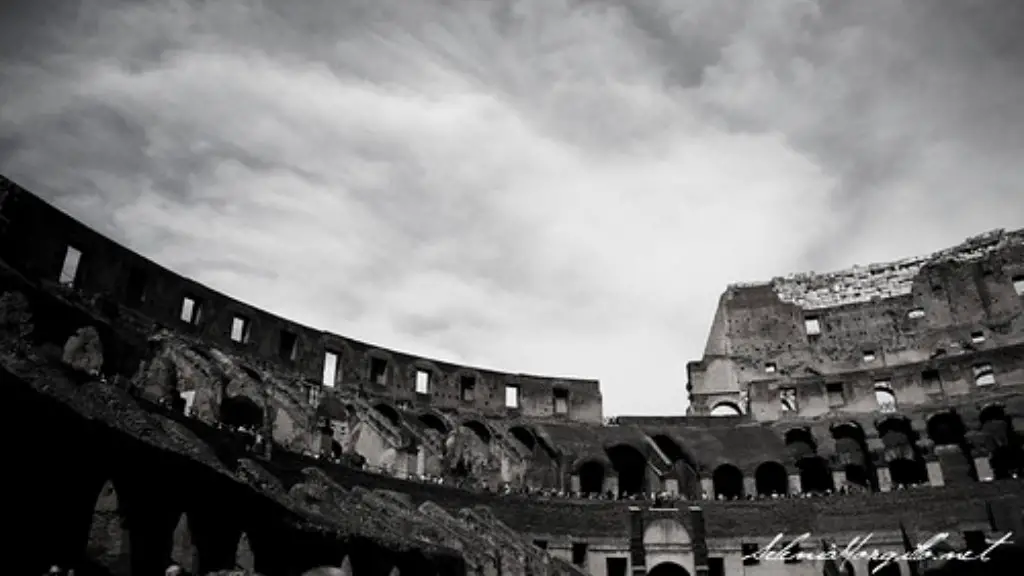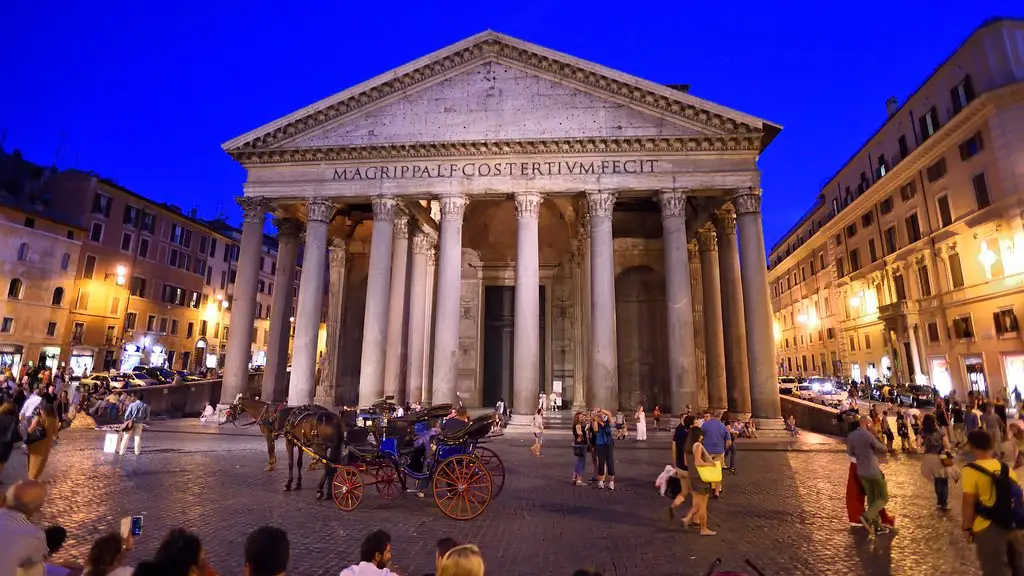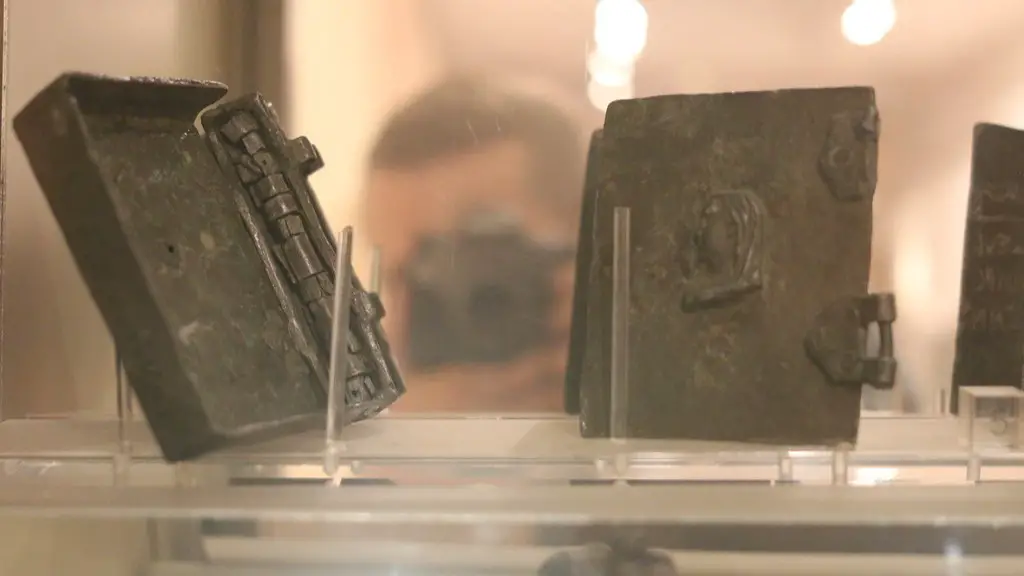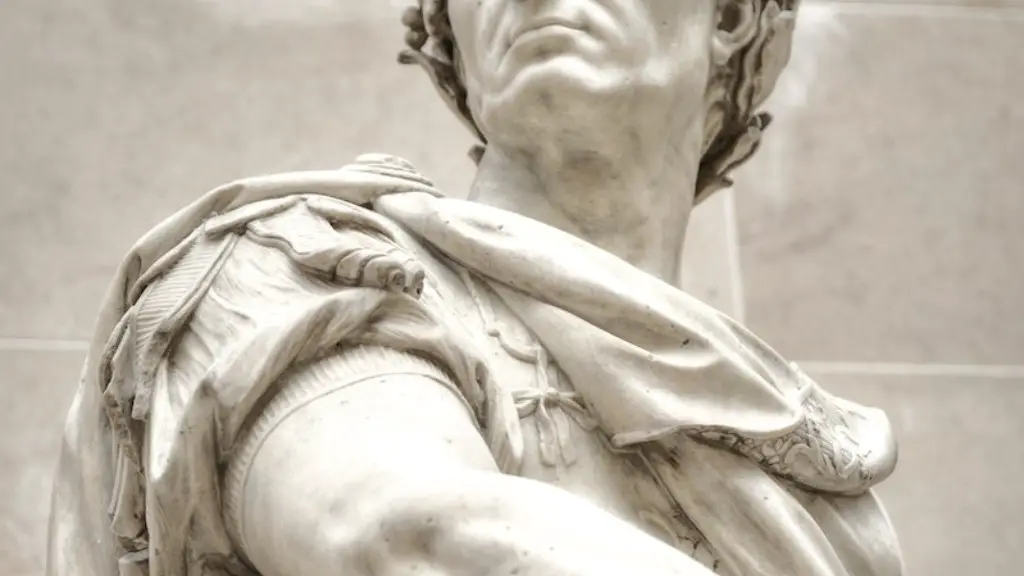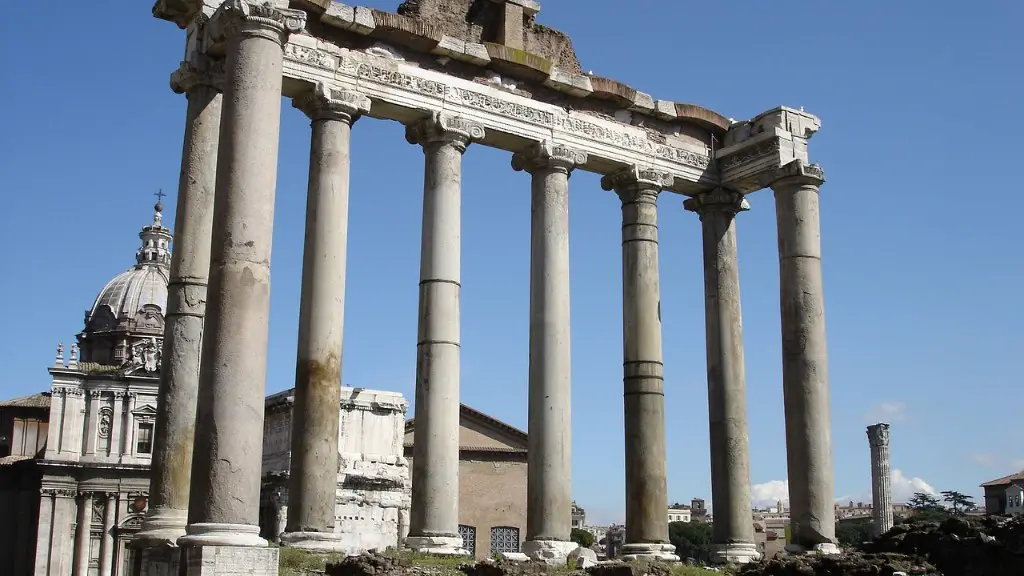Gladiators were professional fighters in ancient Rome who fought to the death in front of crowds of spectators. Many of them were slaves or criminals, but some were free men who chose to become gladiators.
Gladiators trained in special schools called ludi. They learned how to use a variety of weapons and fighting techniques. They also had to be in excellent physical condition so they could survive the brutal battles.
Although most people saw gladiators as nothing more than entertainment, they were actually very skilled fighters. Some of them even became celebrities and were adored by the crowds.
There is no one answer to this question as different trainers employed different methods, but we do have some insight into how some gladiators trained. One method mentioned by the Roman historian Tacitus involved the use of wooden swords and shields in mock battles. This allowed the gladiators to get a feel for the weight and size of their weapons, and to practice their technique without the danger of serious injury. Other methods mentioned by ancient sources include weightlifting, boxing, and even dance.
How were gladiators trained in Rome?
Gladiators were trained in special schools called ludi which could be found as commonly as ampitheatres throughout the empire. There were four schools in Rome itself, the largest of which was called the Ludus Magnus which was connected to the Colosseum by an underground tunnel.
Gladiators were originally slaves or conquered people who were chosen for their strong physiques. They would be hand selected and trained into gladiators. However, as the gladiator games gained popularity, many gladiators were free working class men who willingly signed up.
How well trained were gladiators
Gladiators were some of the most physically fit and strong people of their time. They had to be in order to survive in the arena. In order to become a gladiator, one had to undergo rigorous training. This training not only made them physically strong, but also taught them how to fight. They learned every fighting technique that might give them an advantage in a fight. They also had to learn the techniques of other gladiators to learn their strengths and weaknesses.
Gladiators were professional fighters in ancient Rome. They were often slaves or criminals, and their main purpose was to entertain the public by fighting each other or wild animals in the arena.
Under the Republic, gladiatorial games were only held on special occasions, such as funerals or triumphs. However, during the Empire, they became much more common, and were often used as a way to keep the people happy and distracted from political problems.
Most gladiators had contracts with their trainers, called lanistae, which bound them to their service for a minimum of five years. During this time, they would train and fight in preparation for the games. If they survived their five years, they would be granted their freedom.
While the life of a gladiator could be brutal and short, some did manage to achieve fame and fortune. The most successful ones could become quite wealthy, and some even had their own fans and supporters.
Would gladiators have been muscular?
Roman gladiators were not the muscle-bound men protrayed by actors like Russell Crowe, anthropologists say.
Austrian scientists analysed the skeletons of two different types of gladiators, the myrmillos and retiariae, found at the ancient site of Ephesus, near Selsuk in Turkey.
The myrmillos were heavyweight gladiators who used large shields and swords, while the retiariae were lighter, armed with a trident and net.
Both groups were found to be overweight and to have bones that were in poor condition, indicating that they were not physically active.
The researchers say that the popular image of the gladiator as a fit and athletic fighter is inaccurate.
The evidence suggests that gladiators carbo-loaded. They ate a diet high in carbohydrates, such as barley and beans, and low in animal proteins. Their meals looked nothing like the paleo or meat-and-fish centric diets now associated with elite warriors and athletes.
How were gladiators so muscular?
It is believed that the reason Gladiators gained an extra bit of “flab” was because their diets consisted of high-calorie foods. These foods were mainly protein and calcium-rich, and included some vile brews of charred wood or bone ash[1]. This diet was likely due to the fact that calcium is essential for the Gladiator’s fighting ability.
Most people only associate the life of a gladiator with the fame and fortune that came with it. However, the reality is that most gladiators only lived to their mid-20s, and that death was a very real possibility in any given bout. Historians have estimated that between one in five and one in ten bouts resulted in the death of one of the participants. While the life of a gladiator could be glamorous, it was also brutal and short.
How did gladiators stop fighting
The gladiatorial games were officially banned by Constantine in 325 CE. Constantine, considered the first “Christian” emperor, banned the games on the vague grounds that they had no place “in a time of civil and domestic peace” (Cod. Theod. 9.16.1). This edict marks the end of an era in which the games were a central part of Roman society. Though they may have had their origins in Etruscan funerary rites, by the time of the Republic the games had become a popular form of entertainment, with munera (public shows sponsored by wealthy citizens) becoming increasingly lavish. During the Empire, the games reached new levels of popularity and spectacle, with emperors such as Titus and Domitian staging massive games in the Colosseum. The games continued to be a part of Roman society until their eventual ban under Constantine.
The diet of gladiators in ancient Rome was largely based on wheat, barley, and beans. This was likely due to the fact that these items were relatively cheap and easy to come by, making them ideal for fighters who needed to maintain their strength and energy levels. There is little evidence of meat or dairy products being consumed by gladiators, which may be due to the fact that these items were more expensive and harder to obtain.
Who was the strongest gladiator in history?
1. Crixus The Gaul was a type of fighter known as a murmillo. He was a record holder for the number of wins in a row.
2. Flamma was a type of fighter known as a secutor. He was the record holder for the number of wins in a row.
3. Spartacus was a rebel leader who was also a type of fighter known as a thraex.
4. Marcus Attilius was a free-born fighter who was also a type of fighter known as a murmillo.
5. These are the top five gladiators who were known for their skills in the arena.
The gladiators slept in small, cramped cells that were barely big enough for one or two people. These cells were kept separate from the cells where their trainers (magistri) lived. The magistri were retired gladiators who specialized in teaching one style of weaponry and fighting.
Were most gladiator fights to the death
It is true that gladiators were an expensive investment for those who ran the gladiator schools. For this reason, it was preferable that the fighters did not die on the field. This meant that they had to be strong enough to last more than one fight. However, contrary to popular belief, not many gladiators actually fought to the death.
Flamma was a Syrian gladiator who fought 34 times and won 21 times. He was awarded the rudis four times, but chose to remain a gladiator. His gravestone in Sicily includes his record: “Flamma, secutor, lived 30 years, fought 34 times, won 21 times, fought to a draw 9 times, defeated 4 times, a Syrian by nationality.
Did gladiators get paid?
The Romans took their gladiators very seriously and it was not something to be taken lightly. On the upside, gladiators earned money each time they fought and, if they survived their 3-5 years, they were set free. This included criminals and slaves.
The Roman “sport” of gladiatorial combat was appallingly brutal, and many gladiators faced the arena with fear and trembling. Some were even assigned to square off against wild animals. On one occasion, 20 gladiators committed group suicide, killing one another one by one, rather than enter the arena. This just goes to show how brutal and horrific this so-called “sport” was.
How heavy was the average gladiator
The men that Walker is referring to were big for their time period and were very muscular for their size. They would have been considered average height and weight today, but back then, they were considered large. Their size and strength would have been advantageous in battle and in other physical activities.
Gladiators would not have gained any real advantage from excess bodyfat. The fighters look lean, and the muscle development and definition is very much in evidence.
Final Words
The vast majority of gladiators were slaves, who were trained to fight in schools known as ludi. Gladiator schools were owned by private individuals, and usually taught one particular style of weapon. Trainees generally started young, around the age of 12. At first they learned basic techniques and how to follow orders. Once they had mastered the basics, they would begin to learn how to fight with their chosen weapon.
Gladiators typically trained for several hours each day. In addition to practicing with their weapons, they also had to maintain theirphysical fitness. This was because a gladiator’s life often depended on his strength and stamina.
The ancient Romans were very skilled in training their gladiators to fight in the arena. They used a variety of methods to train their gladiators to be the best fighters possible. Some of the methods they used included using mock battles to train their gladiators, as well as having them train with weapons that were similar to those they would use in the arena. By using these methods, the ancient Romans were able to produce some of the most skilled and deadly gladiators in history.
